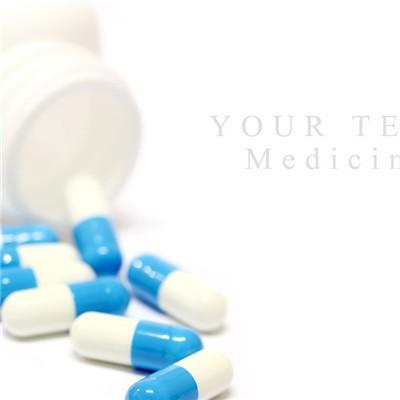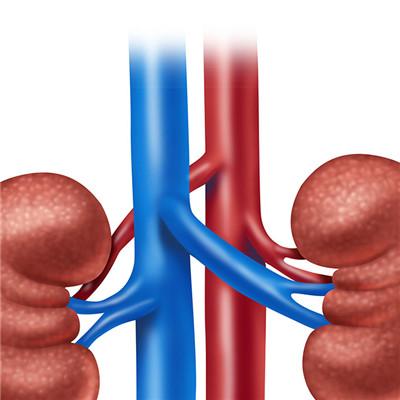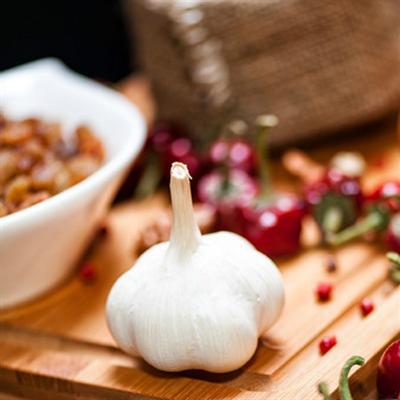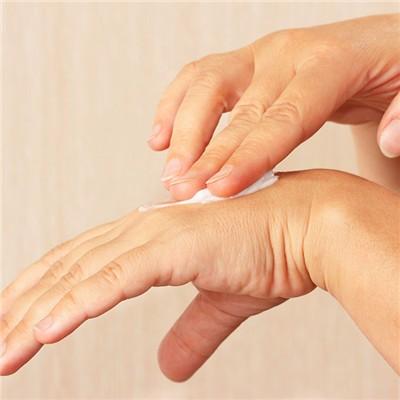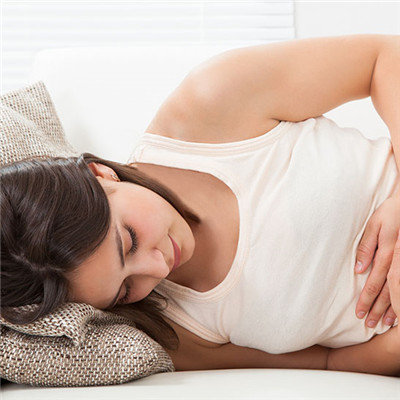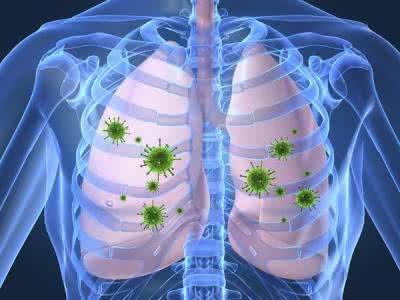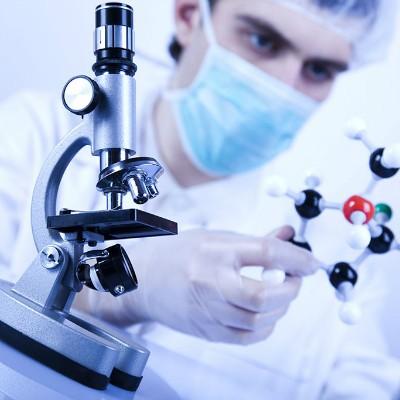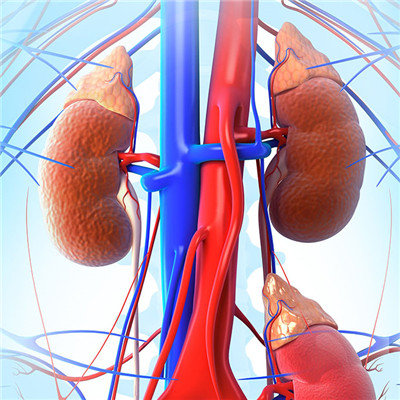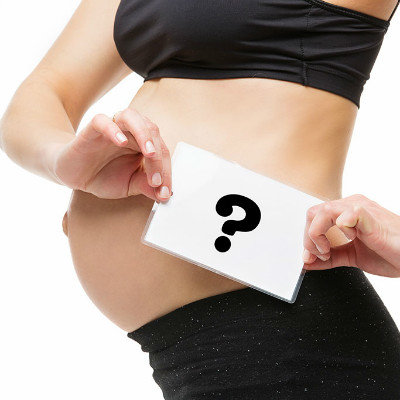Symptoms of Henoch Schonlein purpura
summary
Henoch Schonlein purpura, also known as self limiting acute hemorrhagic disease, is a kind of allergic vasculitis that invades the small arteries and capillaries of skin and other organs. The pathogenesis may be caused by pathogen infection, some drug effects, allergy, etc., resulting in the formation of IgA or IgG circulating immune complex in the body, which deposits in the upper dermis capillaries and causes vasculitis. Symptoms of Henoch Schonlein purpura? Let's talk about it
Symptoms of Henoch Schonlein purpura
Skin purpura is the first symptom in most patients. Purpura is characterized by needle to soybean sized ecchymosis, ecchymosis, urticaria like rash or pink macular papule. Purpura can fuse into patches and eventually turn brown. Generally, it subsides within 1-2 weeks without any trace. Severe cases may have blisters, blood blisters, necrosis and even ulcers. Skin rash often occurs in the weight-bearing parts, especially in the extension of limbs, especially in the lower limbs, around the ankle and buttocks. The lesions distributed symmetrically, appeared in batches, and were easy to recur. Only skin damage is also called simple purpura,
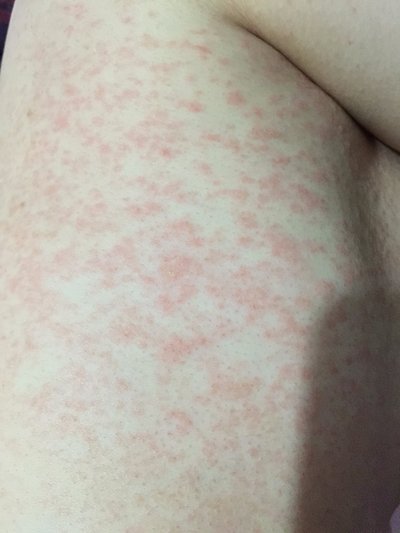
About 2 / 3 cases had gastrointestinal symptoms. It usually appears within one week of the rash. Common abdominal pain, mostly manifested as paroxysmal periumbilical pain, colic, abdominal pain can also occur in other parts of the abdomen. May have tenderness, rare rebound pain. It was accompanied by vomiting. About half of the children had positive occult blood in their stools, some of them had bloody stools, and even hematemesis. If abdominal pain occurs before skin symptoms, it is easy to be misdiagnosed as surgical acute abdomen, or even misoperation. A small number of children can be complicated with intussusception, intestinal obstruction, intestinal perforation and hemorrhagic enteritis. Accompanied by abdominal pain, diarrhea, hematochezia, and even gastrointestinal bleeding, also known as gastrointestinal purpura.
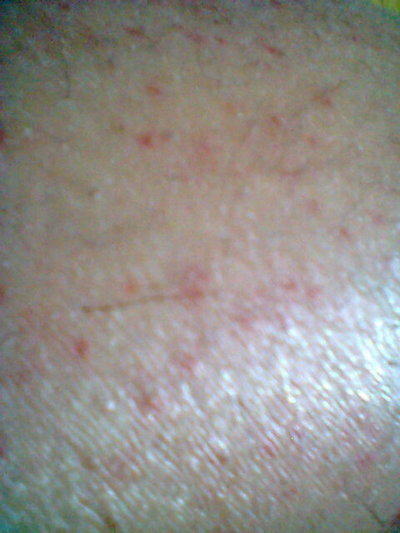
Most of them had gross hematuria or microscopic hematuria and proteinuria, or tubular urine 2-4 weeks after purpura. Urinary symptoms can occur at any stage of the course of the disease, or after the rash subsides or the disease is still. The severity of the disease varies, severe renal failure and hypertension can occur. More than half of the children with renal damage can be cured by themselves. With hematuria, proteinuria, renal damage is also known as renal purpura.
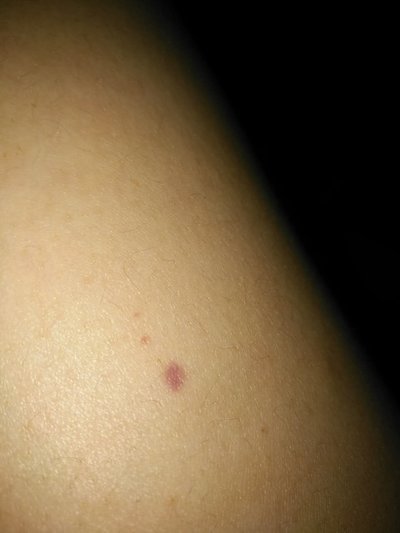
matters needing attention
Acute phase should be bed rest. Pay attention to the amount of fluid, strengthen nutrition, maintain electrolyte balance. Alimentary tract haemorrhage shows only when fecal occult blood is positive, if abdominal pain is not heavy, can use liquid food. Severe gastrointestinal bleeding should be fasting. Pay attention to find and avoid contact with allergens. Symptomatic treatment, fever, joint pain can use antipyretic analgesics such as indomethacin, Fenbid; Patients with abdominal pain should be treated with antispasmodic drugs, such as anisodamine orally or intramuscularly, or atropine intramuscularly; If there is obvious infection, give effective antibiotics.


